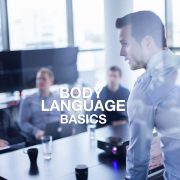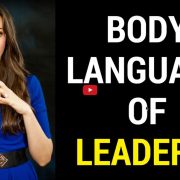Attractiveness—How to Get People to Like You
The power of body language, likability, and the true definition of attractiveness.
Have you heard of the similarity attraction effect? Bottom line is, likability is liking people like us. Want to learn how to get people to instantly like you? Watch this video to find out.
Get People To Like You Immediately
Since it only takes seconds for someone to decide if they like you, and research shows that first impressions are very difficult to change, the pressure that comes with meeting new people is justifiably intense.
Too many people succumb to the mistaken belief that being likable comes from natural, unteachable traits that belong only to a lucky few—the good looking, the fiercely social, and the incredibly talented. It’s easy to fall prey to this misconception. In reality, being likable is under your control, and it’s a matter of emotional intelligence (EQ).
In a study conducted at UCLA, subjects rated over 500 adjectives based on their perceived significance to likability. The top-rated adjectives had nothing to do with being gregarious, intelligent, or attractive (innate characteristics). Instead, the top adjectives were sincerity, transparency, and capacity for understanding (another person).
These adjectives, and others like them, describe people who are skilled in the social side of emotional intelligence. TalentSmart research data from more than a million people shows that people who possess these skills aren’t just highly likable, they outperform those who don’t by a large margin.
Here’s what they do when they meet someone new:
#1 – Practice active listening.
#2 – Let the person you’re meeting speak first.
#3 – Be genuine.
#4 – Use positive body language.
#5 – Remember their name.
#6 – Put away your phone.
#7 – Make time for small talk.
#8 – Do your homework.
Read the Full Article at Forbes.com






 Ron Gutman/Entrepreneur
Ron Gutman/Entrepreneur


